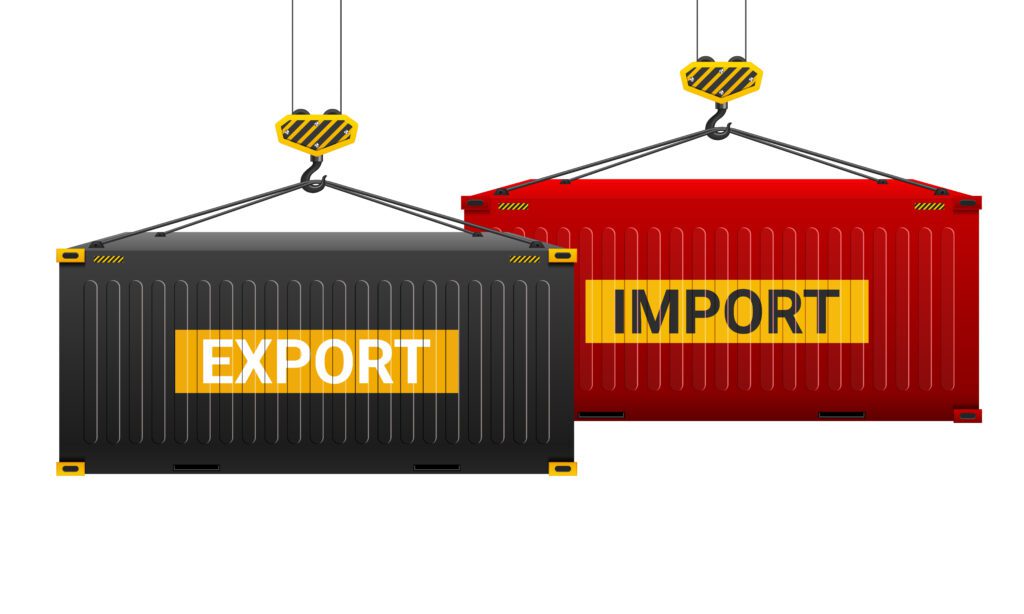
Importance of export shipping bills
Understanding export shipping bill components
The shipping bill should include the following details:
- Information about the exporter, buyer or importer, and customs agent.
- Name of the vessel, transportation, port of loading, and discharge details.
- Cargo details, including gross and net weight, as well as the nature of the cargo.
- Invoice details such as the number of commercial invoices, nature of payment, and invoice value in both currencies.
- GST and export duty-related information.
- FOB (Freight on Board) price and insurance amount of items.
- Container numbers and Duty Drawback details.
- Nature of goods exported and country of destination with the port at which goods are to be discharged.
- Addresses of the exporter and importer.
- Details of packages, including numbers and marks.

Compliance and documentation requirements
Streamlining the export shipping process
Types of shipping bills in export
Dutiable shipping bill
Drawback shipping bill
Ex-bond shipping bill
Coastal shipping bill
How to get a shipping bill from ICEGATE?

Risk management and insurance considerations
How to avoid common mistakes in export shipping bills
Managing shipping costs and logistics
Conclusion: Maximizing efficiency and compliance with exports.
To maximize efficiency and compliance with exports, it is crucial to implement a streamlined process that minimizes delays and errors. Utilizing advanced export management software can significantly enhance the accuracy of export documentation and ensure adherence to regulatory requirements. Additionally, regular training for personnel involved in the export process can further improve compliance and efficiency by keeping them informed about the latest regulations and best practices.
Furthermore, leveraging automated tools for end-to-end tracking and reporting of export shipments can enable real-time monitoring, reducing the risk of non-compliance or inefficiencies. At our company, we have found that establishing clear communication channels between internal departments and external stakeholders is pivotal in achieving seamless export operations. By prioritizing transparency throughout the supply chain, all parties involved can align their efforts cohesively towards maximizing efficiency while upholding compliance standards.
